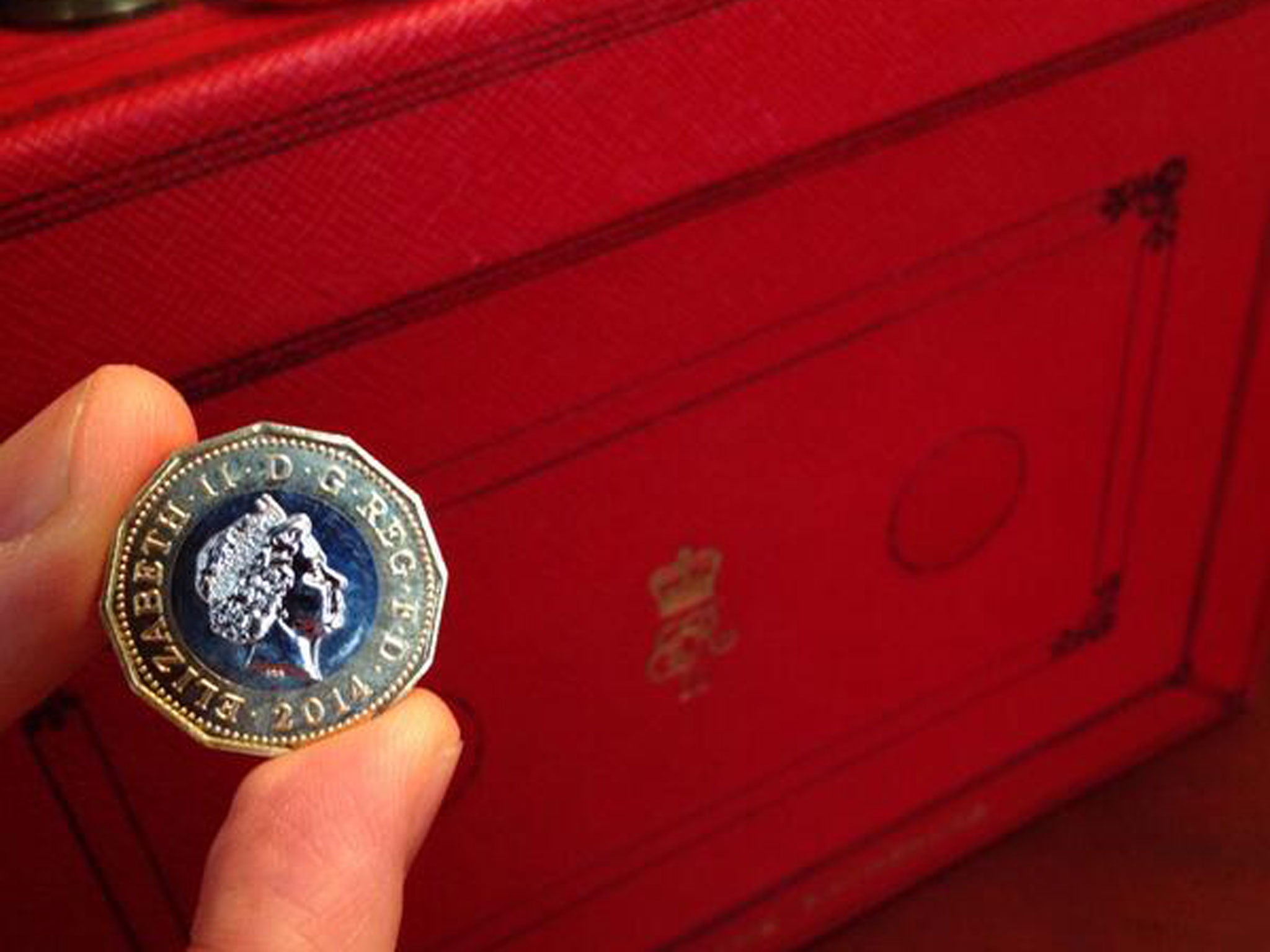Quids in: How to spot if you've got a fake one pound coin
Royal Mint says there are an estimated £45m fake £1 coins in circulation

It may not buy you much these days but is the pound in your pocket actually worth anything at all?
With an estimated £45m fake £1 coins in circulation the Royal Mint is set to introduce a new 12-sided version which it says is designed to be the "most secure in the world".
The coin will be introduced in 2017 amid concerns about how easy it is to counterfeit the current 30-year-old design.
The Royal Mint believes 3% of existing £1 coins are fake, and that the move to update the coin will increase "public confidence" in the UK's currency and reduce costs for banks and other businesses.
So, with all these worthless coins floating around the currency system how do you know if you've got one?
Depending on the quality of the counterfeit coin they may be easy to spot. Indistinct lettering or the wrong typeface on the edge of the coin is the most obvious give away.
The Queen's head and the pattern on the reverse of the coin should both be upright when the coin is turned over.
A fake coin can also be slightly different in colour. The markings on the coin could also be 'soapy' - an industry term to describe blurred and indistinct details.
The Royal Mint has issued guidance on how to spot one of the 3% of coins that could be fake as follows:
- The date and design on the reverse do not match (the reverse design is changed each year). A list of designs and dates is available here.
- The lettering or inscription on the edge of the coin does not correspond to the right year.
- The milled edge is poorly defined and the lettering is uneven in depth, spacing or is poorly formed. The obverse and reverse designs are not as sharp or well defined.
- Where the coin should have been in circulation for some time, the colouring appears more shiny and golden and the coin shows no sign of age.
- The colour of the coin does not match genuine coins.
- The orientation of the obverse and reverse designs is not in line.
The counterfeiting of coins is a criminal offence under the Forgery and Counterfeiting Act 1981.
Earlier this year the Bank of England announced that from 2016 banknotes would be made of plastic saying the move would "enhance the security and integrity of the currency".
Subscribe to Independent Premium to bookmark this article
Want to bookmark your favourite articles and stories to read or reference later? Start your Independent Premium subscription today.

Join our commenting forum
Join thought-provoking conversations, follow other Independent readers and see their replies